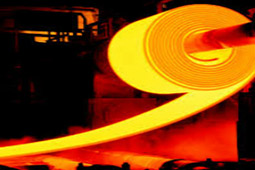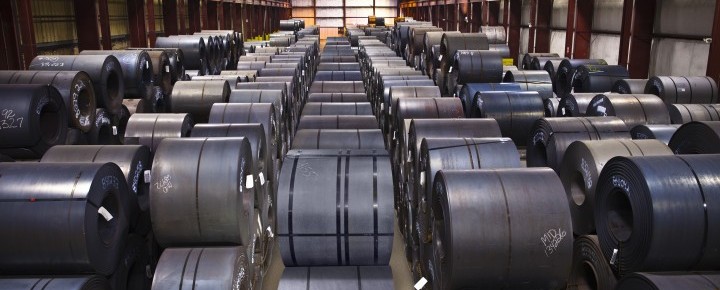
Russia’s Severstal sees HRC prices declining further


"Prices might break $10-20/t below $500/t in the export market by the end of 2018," Goroshkov said. "We don't think that prices have a significant potential to go down from there."
But the company expects a recovery at the beginning of 2019, stimulated by restocking in Europe, as well as resilient global raw materials pricing and Chinese output restrictions. In addition, seasonal supply disruptions in Australia could give further support to steel prices.
The company noted that Russian HRC has lost around $100/t in the past four or five months, mainly affected by weaker demand in Turkey. "In our view, this kind of development is relatively logical, because the steelmaking margin was previously on an excessive, elevated level. There is a significant decline in the Black Sea market because of developments in Turkey, where demand collapsed and the American market for Turkish products closed," head of corporate strategy Maxim Semenovykh said. "We think that at this level prices are almost touching the bottom," he added.
Executives noted increased competition for HRC in Europe from Turkish mills, but said the company is focusing on sales to north and east Europe, whereas Turkish sellers mainly export to south Europe.
But Severstal has continued to sell steel at historical levels in Europe despite pressure from Turkey and import quotas introduced by the EU earlier this year. The company exported 66pc of its total semi-finished and rolled steel products to Europe in the first nine months of 2018.
CIS countries received 15pc in the same period, and Severstal noted increasing demand for steel in the region.
The company remains concerned about potential definitive quotas in the EU in 2019, but said it is exploring alternative scenarios, which would allow it to adapt its strategy depending on what measure the EU adopts. At the same time, protectionism in Turkey is not a concern, since the country is not one of its main markets.
Looking at the domestic Russian market, Severstal expects flat year-on-year steel demand in Russia — lower than previously expected — but it projects demand to grow by 1-2pc in 2019, thanks to anticipated new infrastructure projects, especially in construction, which will drive consumption.


Trump weighs using $2 billion in CHIPS Act funding for critical minerals

Codelco cuts 2025 copper forecast after El Teniente mine collapse

Electra converts debt, launches $30M raise to jumpstart stalled cobalt refinery

Barrick’s Reko Diq in line for $410M ADB backing

Abcourt readies Sleeping Giant mill to pour first gold since 2014

Nevada army depot to serve as base for first US strategic minerals stockpile

SQM boosts lithium supply plans as prices flick higher

Viridis unveils 200Mt initial reserve for Brazil rare earth project

Tailings could meet much of US critical mineral demand – study

Kyrgyzstan kicks off underground gold mining at Kumtor

Kyrgyzstan kicks off underground gold mining at Kumtor

KoBold Metals granted lithium exploration rights in Congo

Freeport Indonesia to wrap up Gresik plant repairs by early September

Energy Fuels soars on Vulcan Elements partnership

Northern Dynasty sticks to proposal in battle to lift Pebble mine veto

Giustra-backed mining firm teams up with informal miners in Colombia

Critical Metals signs agreement to supply rare earth to US government-funded facility

China extends rare earth controls to imported material

Galan Lithium proceeds with $13M financing for Argentina project

Kyrgyzstan kicks off underground gold mining at Kumtor

Freeport Indonesia to wrap up Gresik plant repairs by early September

Energy Fuels soars on Vulcan Elements partnership

Northern Dynasty sticks to proposal in battle to lift Pebble mine veto

Giustra-backed mining firm teams up with informal miners in Colombia

Critical Metals signs agreement to supply rare earth to US government-funded facility

China extends rare earth controls to imported material

Galan Lithium proceeds with $13M financing for Argentina project

Silver price touches $39 as market weighs rate cut outlook

















